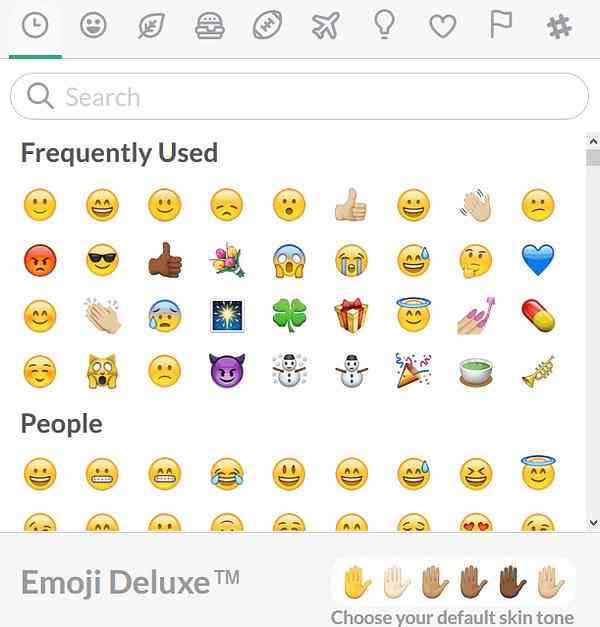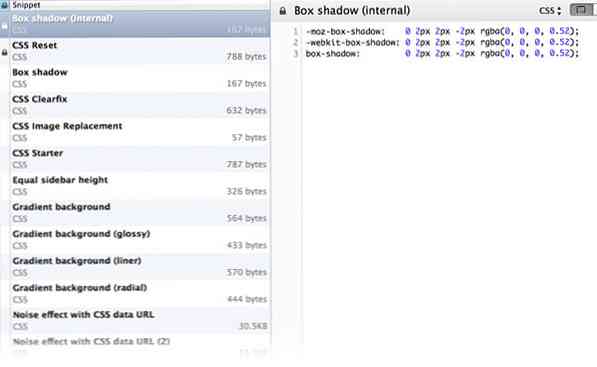15 Useful Slack Tips You Should Know
Slack's simplicity and versatility quickly made it one of the most powerful productivity tools of our days, on which many teams rely in their day-to-day communication. However, in spite of its uncomplicated UI, we can still miss some of its useful and even quirky settings-at least if we don't look at the right places.
So, in this article, we cover 15 useful tips to track these settings down and help you improve your productivity while working with Slack.
1. Browse messages by date
Slack allows you to browse messages by date in any channels. To do so, sign in to your account and go to the [myteam].slack.com/archives URL (where [myteam] is your Slack team's handle).
If you use the standalone Slack app, click on your team name in the top-left corner, and select Customize Slack. It opens a new page in your default browser. Click the menu in the top-left corner, and select Message Archives in the sidebar that has just appeared.
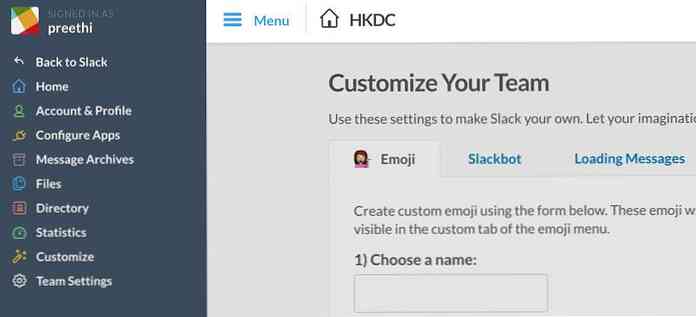
The Message Archive page shows Channels and Direct Messages that contain your conversations.

Click on the name of the user or the channel of which messages you want to filter by date. Then, click on the Pick a date option on the right, and hit the date you want to find into the date picker that pops up.

2. Share a file to public
To share a file uploaded to Slack to public, hover over that file, click on the three dots menu that appears on the right, and select the Create external link… option from the action menu.
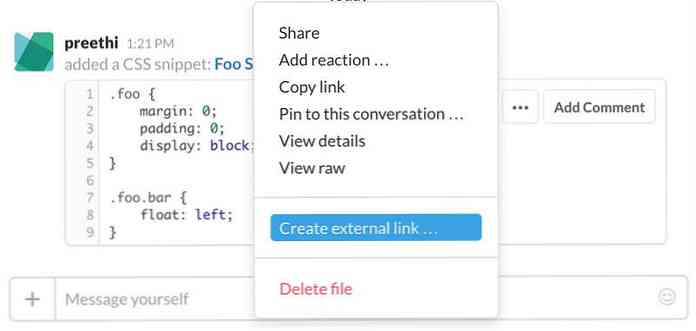
3. Switch to compact view
If you receive a lot of messages in Slack and would like to see as many messages as you can without scrolling opt for the compact view. User profile pictures are hidden in compact view, which allows you to save a fair amount of space.
Click on your username in the top-left corner. In the dropdown menu, click Preferences, then select Messages & Media. In the Message Display > Message Theme section, select Compact to enable the compact view.

4. Add the shrugging ASCII emoji
There are just too many times when you want to let your team know that well… you have just shrugged your shoulders. Slack makes it possible to quickly add the shrugging ASCII emoji (looks like this: ¯\_(ツ)_/¯) to a message. Just enter the /shrug slash command into the message input bar.

5. Customize welcome messages
Slack displays some funny and motivational welcome messages whenever you log in. You can replace them with your own custom messages, or add some more to the existing ones. Click on the top-left menu, select the Customize Slack option that will open a new page in your browser.
Here, click the Loading Messages tab where can add your custom messages, enable special edition messages, and disable the default ones.
You can also go directly to the [myteam].slack.com/customize/loading URL.
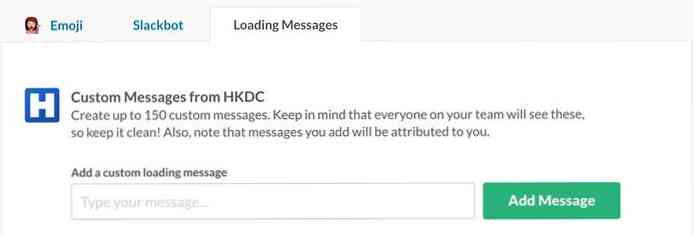
6. Assign a reminder to a message
If you get a message but want to reply only later, you can add a reminder to it. To assign a reminder to a message, take the cursor over it and click on the three dots menu to trigger the action menu. Here, hover over Remind me about this and select a delay time.
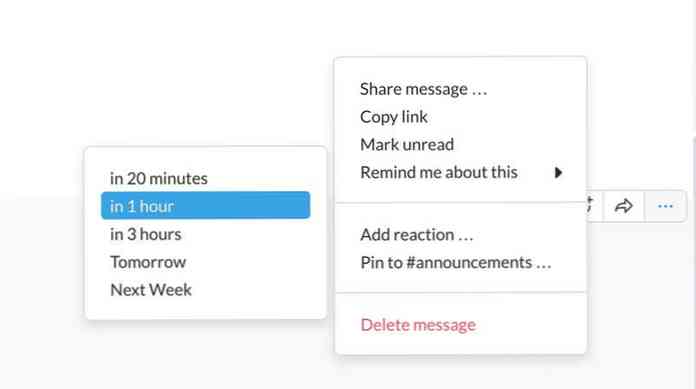
After choosing a time, you'll immediately see an acknowledgement of the reminder in the messages window.
7. Add custom and special emojis
Slack lets you add your custom emojis. To do so, click on the top-left menu, and select Customize Slack. It opens the aforementioned customization page in the browser. In the Emoji tab, you can choose a name for your custom emoji, and upload and save the emoji image.
You can also directly go to the [myteam].slack.com/customize/emoji URL.
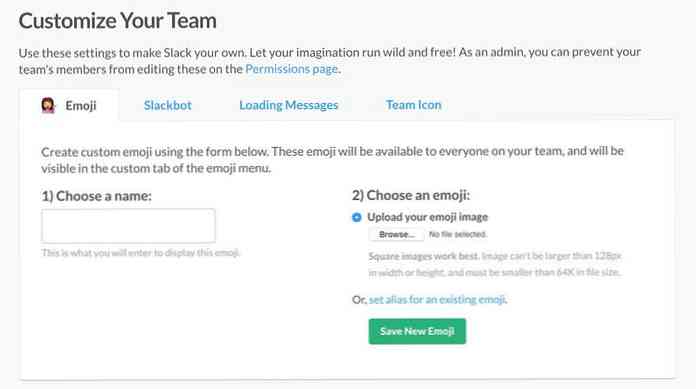
Slack also has a set of its own in-house custom emojis. They are not available from the customization page but from the message bar inside the Slack app. Open the emoji input box on the right side of the message bar, then click on the Slack icon to see the custom emojis.
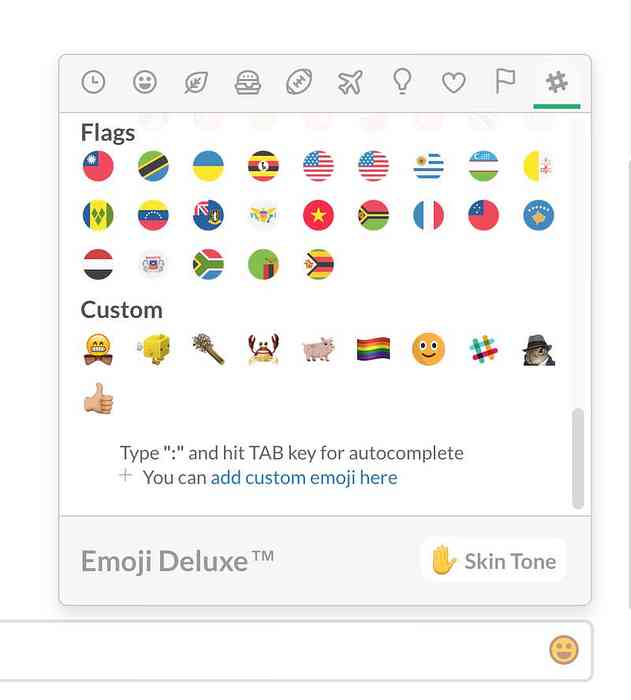
8. Assign colors to users in compact mode
In compact mode, you can assign a color in which the username of a certain user will be displayed. To do so, enter the /color @username FFFFFF command into the message bar.
For instance, to change the color of the “johndoe” username to red, you need to enter the /color @johndoe ff0000 command. The color value uses hex codes.

9. Choose an emoji style
Emojis come in different designs, for instance Apple, Google, and Twitter all have their own emoji styles. Slack allows you to pick one of the available styles and use it in your messages.
Select the Preferences option in the top-left menu, then click Messages & Media. In the Message Display > Emoji Style section select the emoji style you prefer the most.

10. Syntax highlight code snippets
You can message a code block in Slack by enclosing the code with ", but if the code block is quite big, I recommend you to use code snippets instead of code blocks. Code snippets are syntax highlighted code or text files that can be commented and downloaded by the receiver.
To create a new code snippet, click on the plus sign shown on the left of the message bar, select Code or text snippet, and create your snippet.
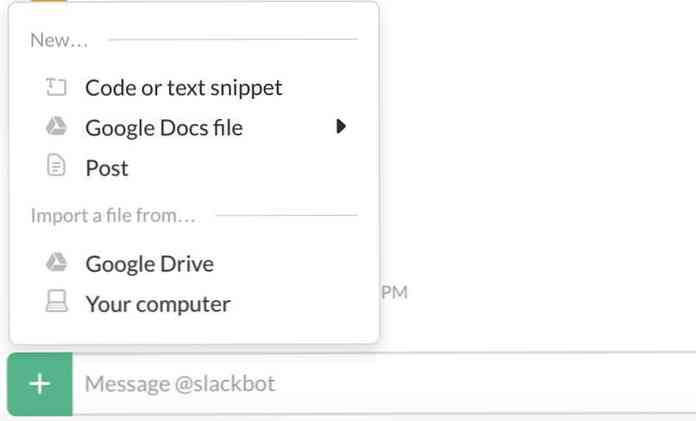
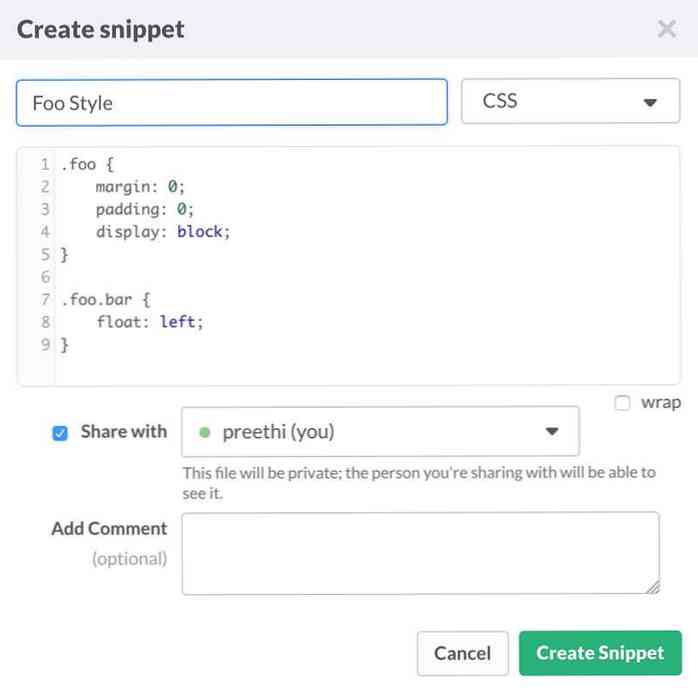

11. Remove text previews
Slack shows text previews of links by default in the Messages window. These previews can be useful, but if your team shares many links they may take up quite a few place.
You can disable the preview feature from the aforementioned Preferences > Messages & Media settings page. You need to uncheck the Show text previews of linked websites option in the Inline Media & Links section.

12. View keyboard shortcuts
You can quickly have a look at the list of key bindings available in Slack by pressing Ctrl + / on Windows, or Cmd + / on Mac.
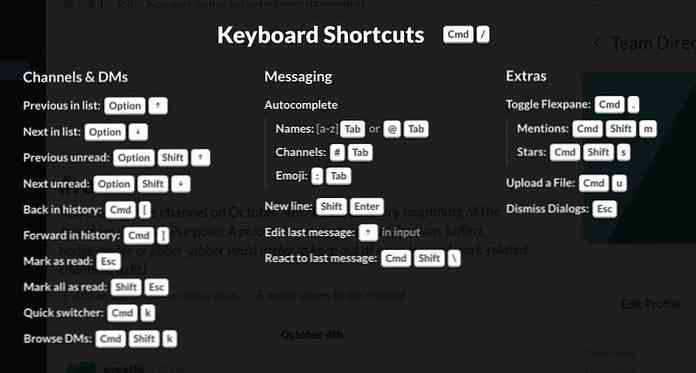
13. Configure the notification sound
Slack has some options to configure the notification sound. The options can be accessed from the Preferences menu, under the Notification Settings > Sounds section.
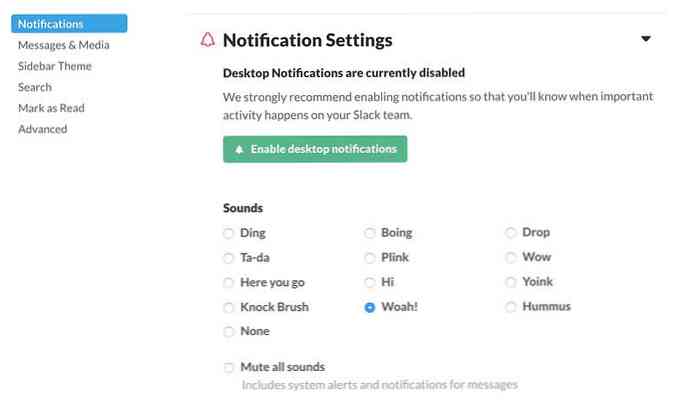
14. View team stats
You can view your team's statistics on the [yourteam].slack.com/stats web page. Other than typing the URL into the address bar of your browser, you can also reach it from the Slack app by selecting the Statistics option in the top-left menu.
The stats page shows a set of metrics including total messages in the team account, number of readers, number of posters, and files created.

15. Assign a default skin tone to emojis
You can make your emojis have a default skin tone. To do so, access the Emoji popup box by clicking on the Emoji icon on the right of the message bar.
Here, click on the Skin Tone option displayed in the bottom-right corner, and select the one you want to set as the default skin tone for your emojis.
